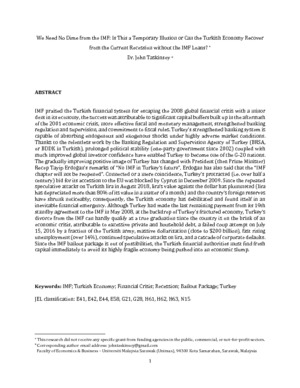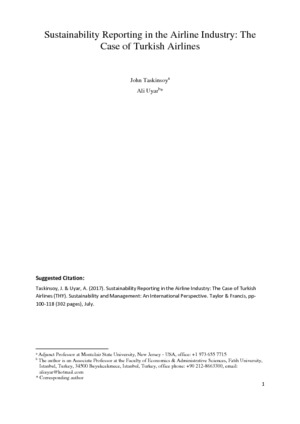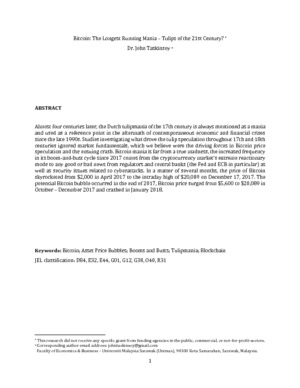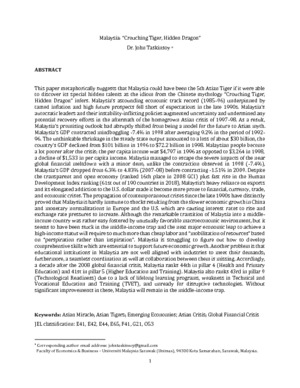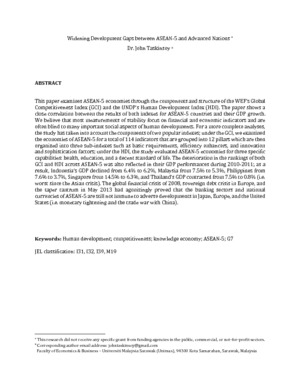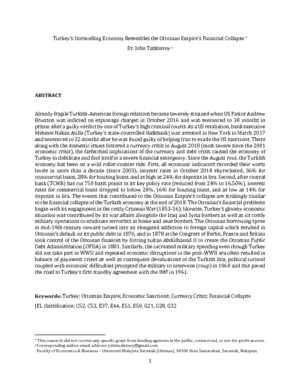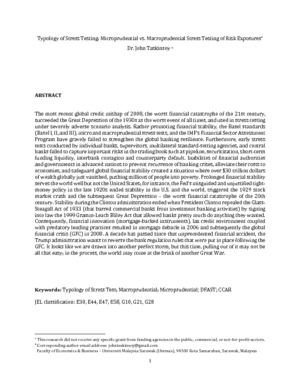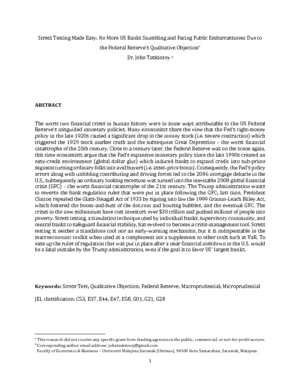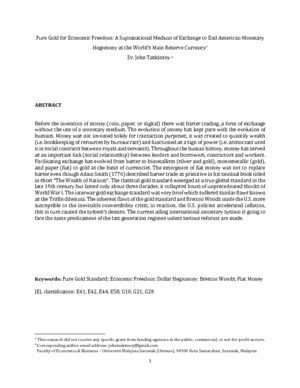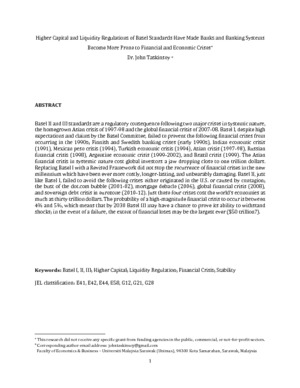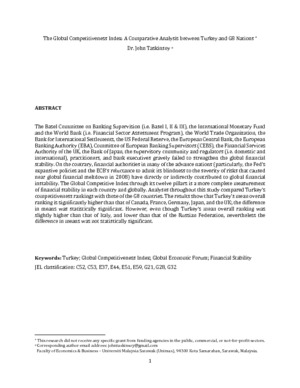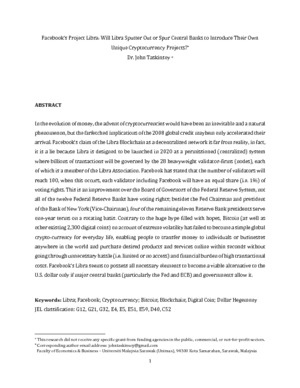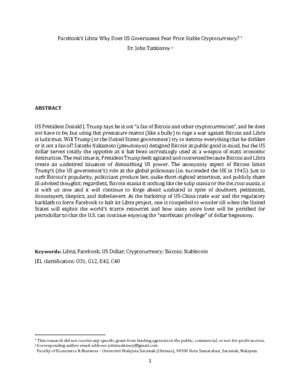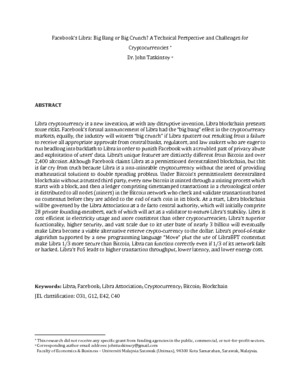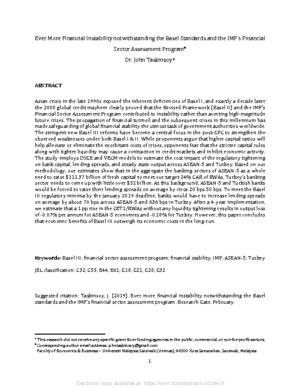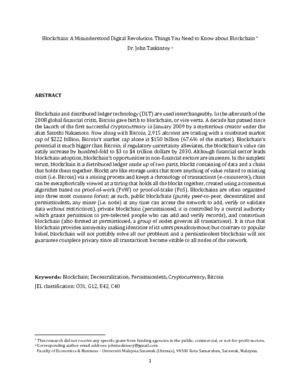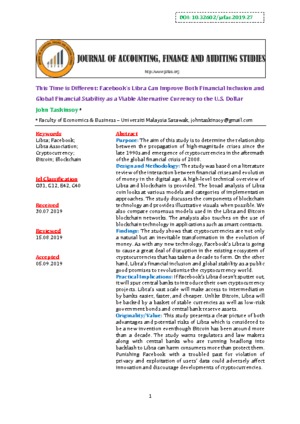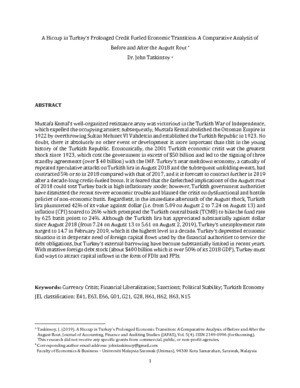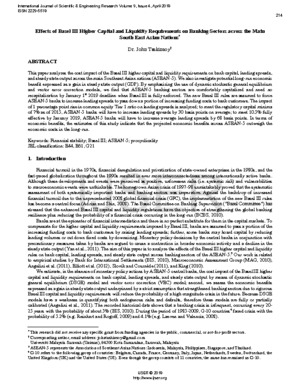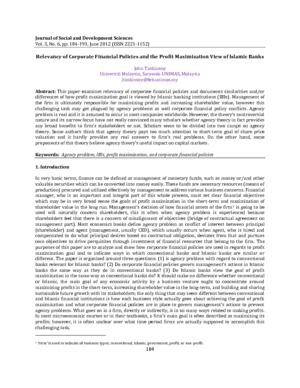- Suggested keywords :
- pacemakers(3)
- ages(2)
- outside(2)
- level(3)
- results(3)
List of Categories and SubCategories
Change Your Picture

Turkish Lira – A Fiat Currency That Resembles The Volatility Of Cryptocurrencies: The Effects Of Exchange Rate Volatility On Turkish Economy
JOHN TASKINSOY
VIEWS
741
INFO
more
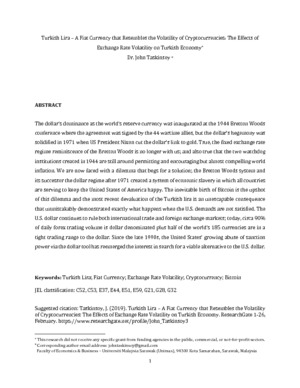
0
0
- Category : Business
- Size : 1100214
- By : JOHN TASKINSOY



Using Your Google Account
Google Login/Sign up
OR
Recover Your Password
Abstract
The dollar’s dominance as the world’s reserve currency was inaugurated at the 1944 Bretton Woods conference where the agreement was signed by the 44 wartime allies, but the dollar’s hegemony was solidified in 1971 when US President Nixon cut the dollar’s link to gold. True, the fixed exchange rate regime reminiscence of the Bretton Woods is no longer with us; and also true that the two watchdog institutions created in 1944 are still around permitting and encouraging but almost compelling world inflation. We are now faced with a dilemma that begs for a solution; the Bretton Woods system and its successor the dollar regime after 1971 created a system of economic slavery in which all countries are serving to keep the United States of America happy. The inevitable birth of Bitcoin is the upshot of this dilemma and the most recent devaluation of the Turkish lira is an unescapable consequence that unmistakably demonstrated exactly what happens when the U.S. demands are not satisfied. The U.S. dollar continues to rule both international trade and foreign exchange markets; today, circa 90% of daily forex trading volume is dollar denominated plus half of the world’s 185 currencies are in a tight trading range to the dollar. Since the late 1990s, the United States’ growing abuse of sanction power via the dollar tool has reemerged the interest in search for a viable alternative to the U.S. dollar.
Recommended Papers

